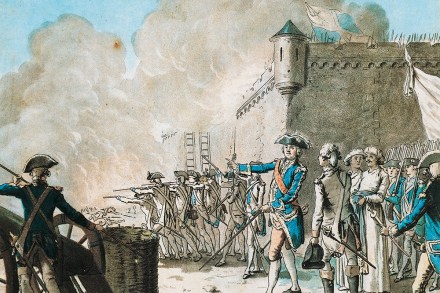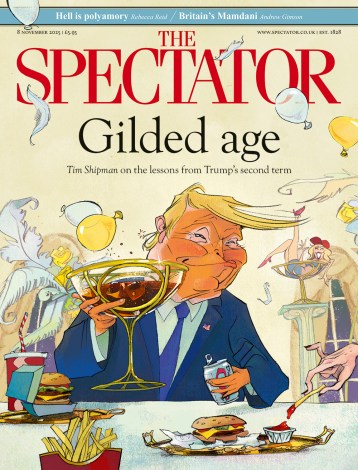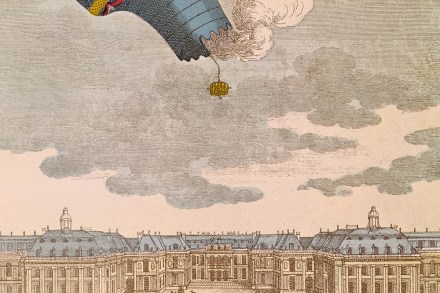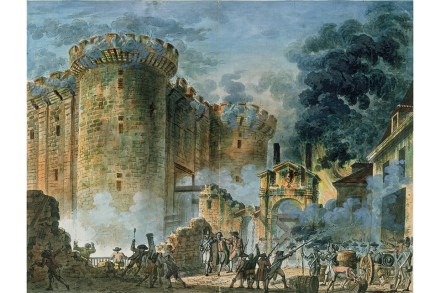Romantic fantasies of the French in India
‘The English cannot assimilate any nation,’ declared the narrator of a French travelogue set in India and published in the aftermath of the uprising of 1857. ‘They can only dominate with brutality, squeezing every last drop of blood from the veins of the oppressed.’ Reduced to ‘slaves’ who ‘tremble before the Englishman’s whip’, the Indians in this tale yearn for the ‘heroic Dupleix and his deputy de Bussy’. Had Louis XV’s jealous court not betrayed those two men, ‘India would have been French, not British’. The book was a work of fiction. It had to be. In reality, scarcely anybody in India, barring a reactionary nawab here and an obscurantist



